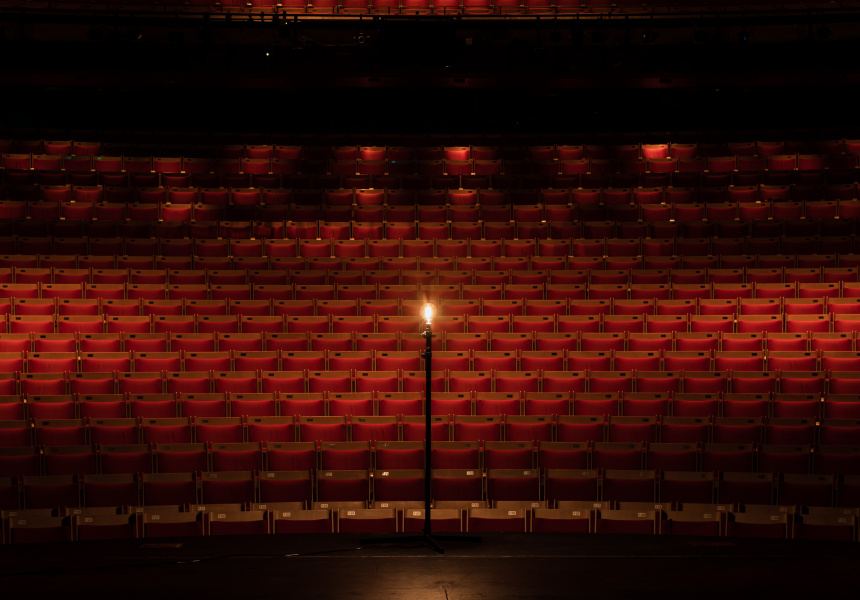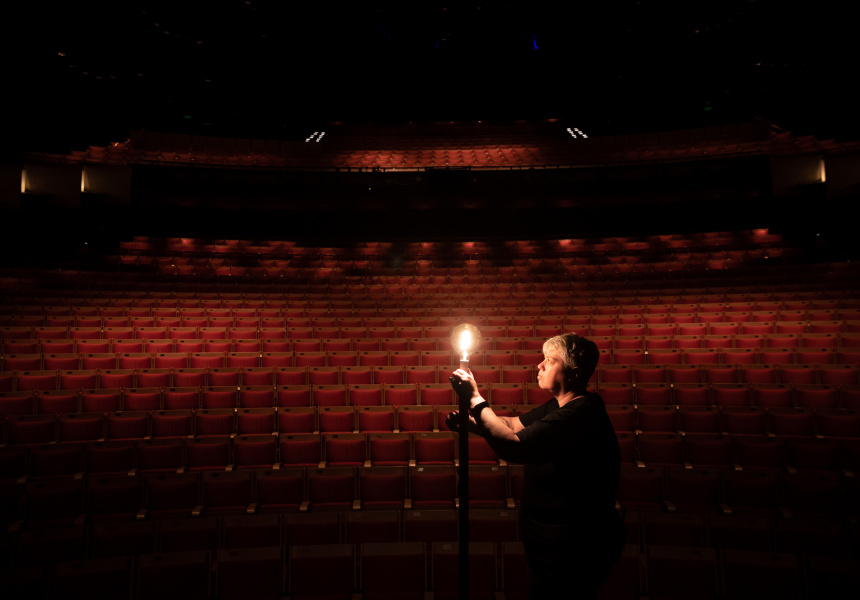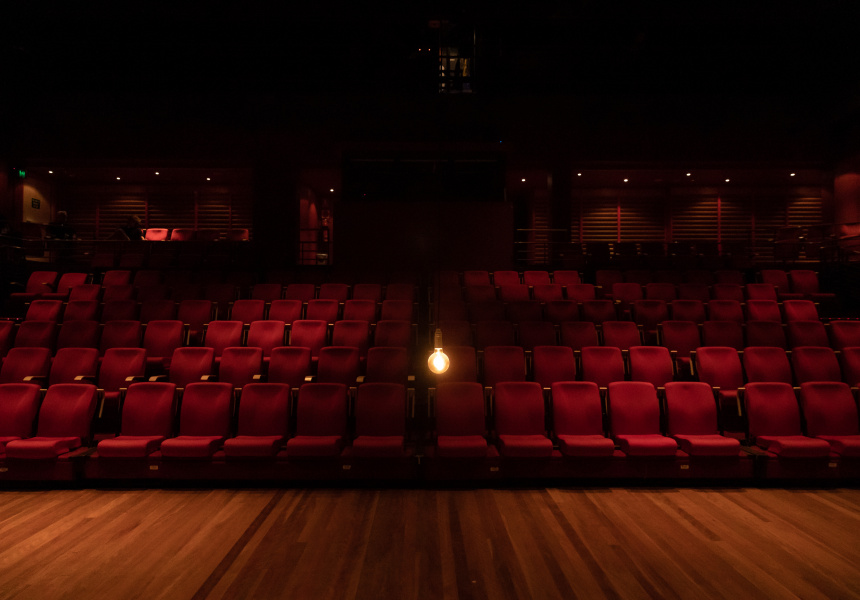Our theatres may have emptied as audiences around the nation wait out the coronavirus at home, but someone’s still lurking around the Joan Sutherland Theatre at the Sydney Opera House.
No one knows exactly who that “someone” is, but the Opera House’s head of lighting, Ange Sullivan, claims to have seen a ghost flitting around backstage while changing sets for Opera Australia in the early hours of the morning on more than one occasion.
“I believe I’ve seen it a couple of times, around 1am. I think what I saw was an older gentleman who was hanging around the back of the theatre,” Sullivan tells Broadsheet. “He was quite benevolent, just watching what we were doing. I know others who’ve claimed to see ghosts up in the loges as well.”
Stay in the know with our free newsletter. The latest restaurants, must-see exhibitions, style trends, travel spots and more – curated by those who know.
SIGN UPWhen the Opera House was forced to close last week due to restrictions on non-essential gatherings, crews left solitary bulbs illuminated on the stages of the Joan Sutherland Theatre, the Drama Theatre, the Playhouse and the Studio in a nod to an old theatre tradition. The single bulbs, known as “ghost lights”, serve the practical function of lighting the stage so the first and last stagehands can see as they arrive and leave.
But there’s another more romantic reason for the tradition.
“It’s one I like a lot more, which is that every theatre has at least one ghost, and when they come out at night we don’t want them bumping into scenery or disturbing props,” Sullivan says. “If we leave a light for them they can play on stage without disturbing any of our gear.”
Other theatres in NSW are also upholding the tradition, with ghost lights left on everywhere from the Sydney Theatre Company’s Roslyn Packer Theatre in Walsh Bay, to the Seymour Centre in Chippendale, to the Merrigong Theatre at the Illawarra Performing Arts Centre in Wollongong.
For Eamon Flack, artistic director at Belvoir, the ghost light also serves as a beacon of hope.
“It means we’ll be back,” Flack tells Broadsheet. “We haven’t finished our work, we never will. Our work is the work of a community keeping something alive across decades, a long, ongoing, living story about this country, its place in the world, who gets to belong and who doesn’t. That work will continue and that community will continue.”
As romantic as the ghost light is, Flack doesn’t shy away from the fact that Belvoir, like all arts and entertainment companies and workers, is struggling.
“It’s really smashed us around,” he says. “Life at Belvoir feels a bit like Apollo 13 trying to get home from the moon with some packing tape and a few bits of cardboard. But we’ll find a way.”
While Sullivan has lit ghost lights for four of the Opera House’s theatres, she’s also put an environmentally friendly, 21st-century spin on the practice.
“Traditionally the ghost light is an incandescent light globe on a stick at the front of the stage,” she says. “For safety purposes, and to be a lot greener, we have a single low-energy four-watt LED bulb on a pendant drop.”
Like Flack, Sullivan hopes the light creates a positive focus, reassuring audiences that this dystopian reality is only temporary.
“It’s a small measure of comfort we can offer. We decided the entire [Opera] House needed something to look forward to, a beacon if you like. It’s about us saying, ‘We haven’t gone forever, we’re coming back and we’re going to leave the lights on to show you that’.”
This week, the Sydney Opera House launched its digital program From our House to Yours, with free concerts and events.



